Danchi Dreams: photographs that capture the decline of Tokyo's highrise estates
Japan is famed for its ultramodern cityscapes. Stand on the rooftop of any building in Tokyo and you'll discover tower blocks and highrises in every direction, as far as the eye can see. But what happens when the ultramodern becomes old?
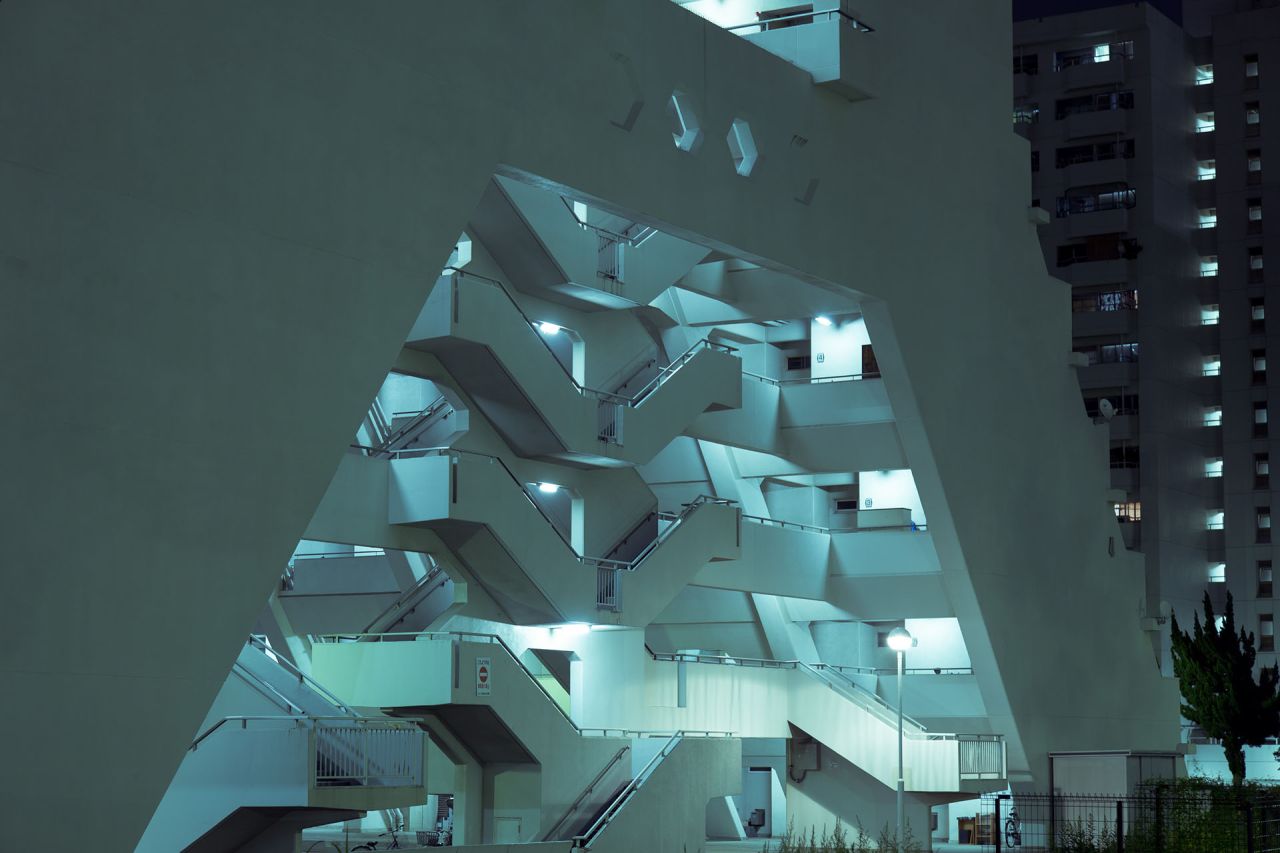
All images courtesy of the artist. Via Creative Boom submission.
New Zealand photographer Cody Ellingham has turned his lens to decaying Tokyo apartments for his latest series, Danchi Dreams.
Exploring around 40 large Japanese public housing blocks known as 'danci' ('group land'), visiting at dusk and early evening, Cody said he initially saw these buildings as "mountains of steel and concrete". Often built in clusters, sometimes in "sleeper towns" of up to 70 buildings, each block is numbered rather than named, with each apartment the same as its neighbours' from the outside.
Now an exhibition of his work will launch on 12 May at a former factory turned into a gallery in the Tokyo district of Koto. "It started as an interest in form, but it’s evolved into an interest in why – the way place influences lives," explains Cody. "In a way, it’s quite Kafka-esque – you have the same life as the person next door to you.
"The personality is superficial, you feel like it could be cleaned away in a moment. Sometimes there were flowers or decorations outside the doors, but you can imagine someone is going to come and clean them away, and then it will be gone."
While Cody's interest in danchi started as an aesthetic fascination, it progressed toward the history and social significance of the residences, once proud but now solemn and decaying. Part of his goal is to record a history that could be lost.
The apartment buildings replaced wooden dwellings destroyed during World War II, and to cope with rapidly growing urban populations. They were originally a vision of a harmonious new life. “Talking to older people, danchi was a dream for them. Something to aspire to. The old houses were little villages made of earth and wood. Danchi represented a new and modern way of life. If you go back to the 1960s, this was how people saw the future."
The demographic of danchi-dwellers has changed since the 1960s. Today, the apartments are largely inhabited by immigrants and the elderly. Although he visited at a time where most people were home, he rarely saw people and was never approached for conversation.
"There’s a certain kind of nostalgia in these places. The look of it is cold concrete, but deep down, you find glimmers of hope, playgrounds, mural art, community facilities, and the original dream: that tomorrow will be better than yesterday."
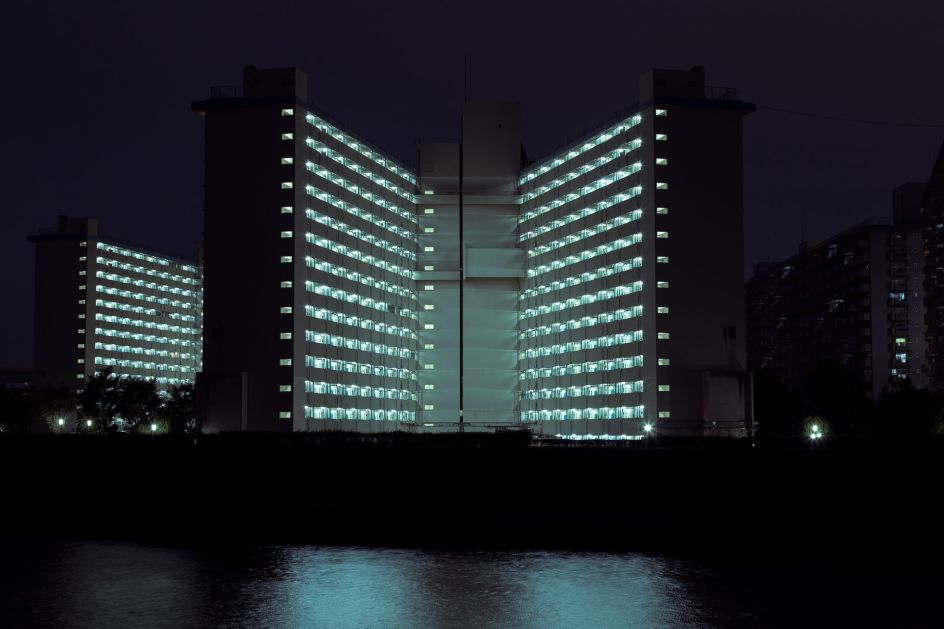

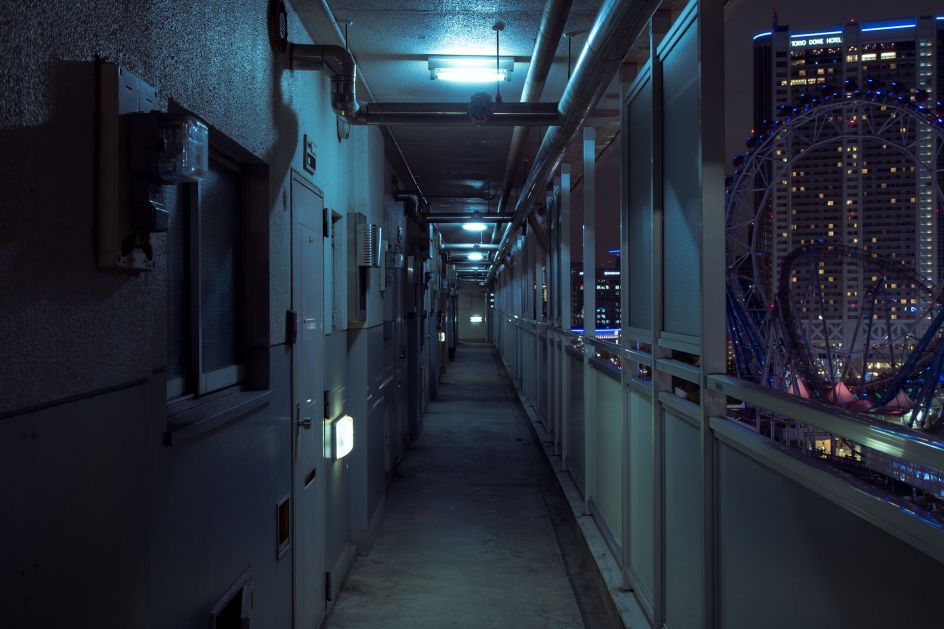
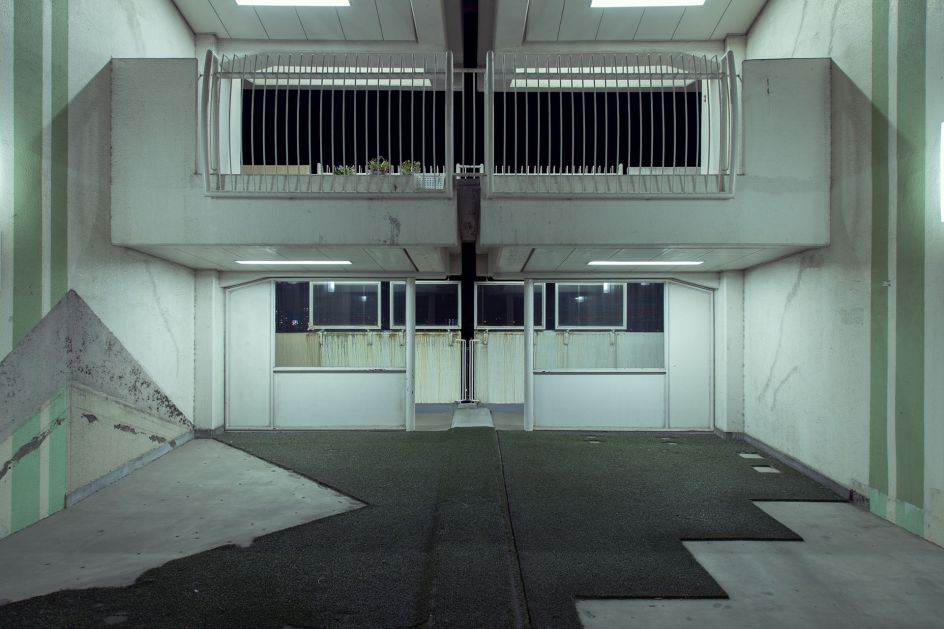
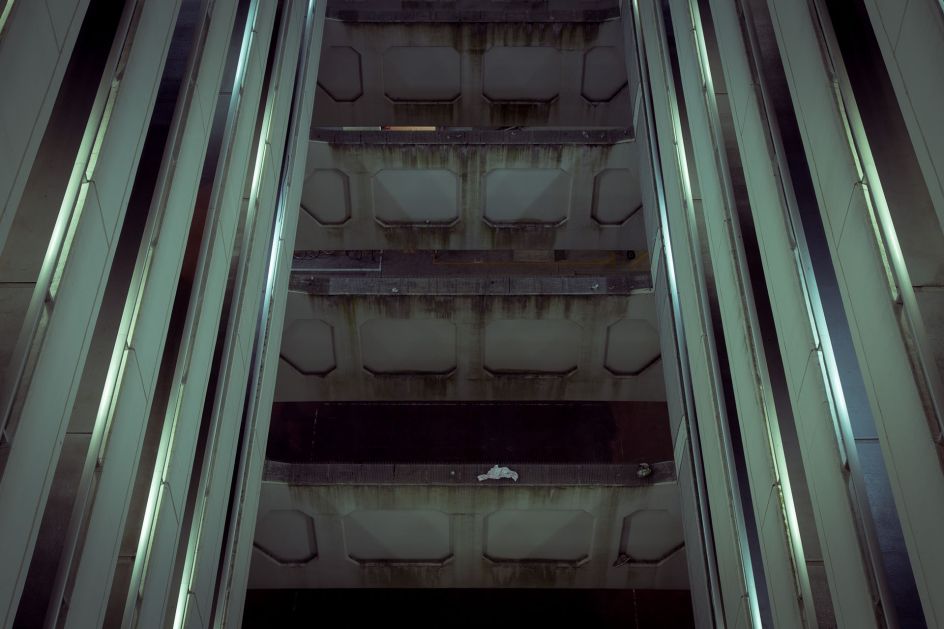
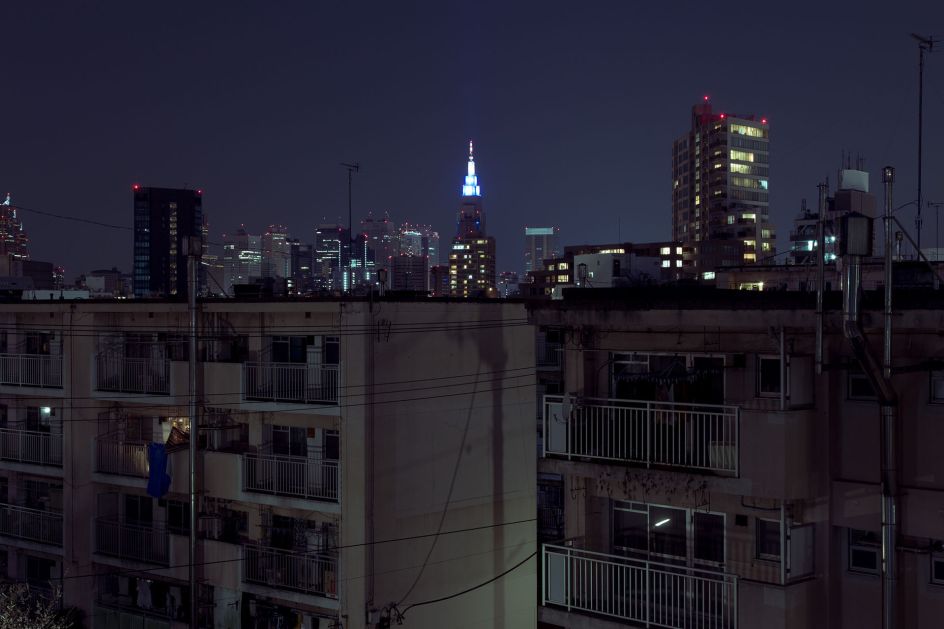

















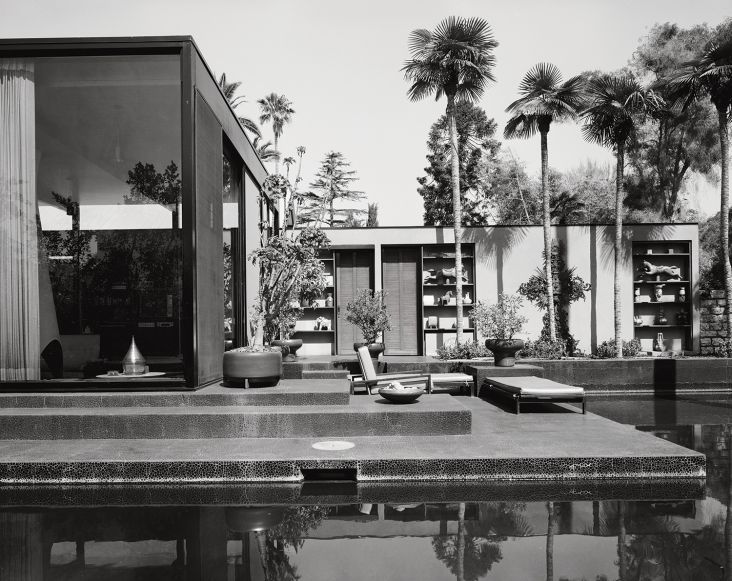
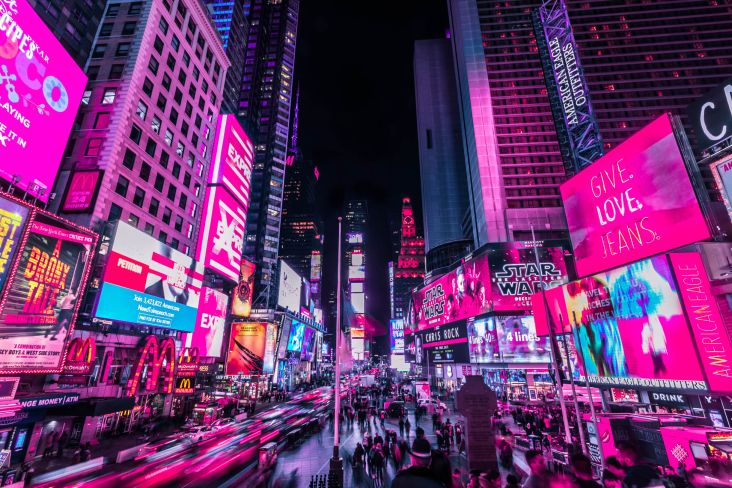

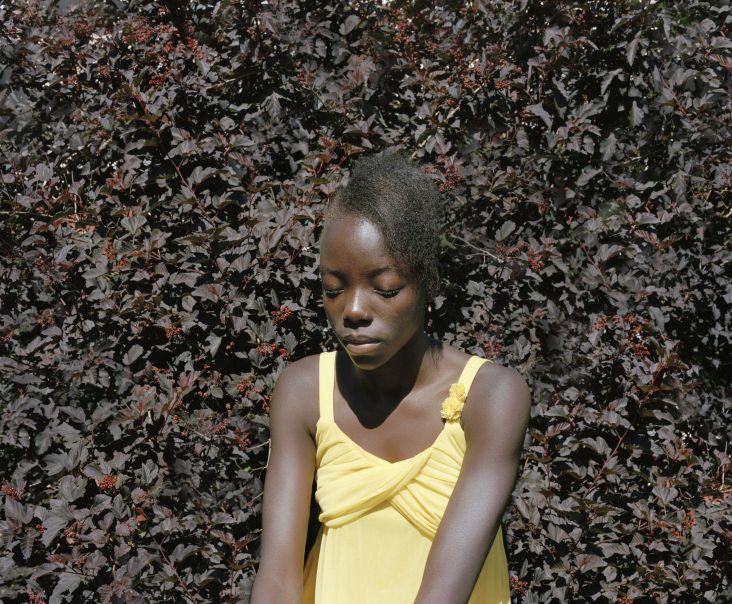
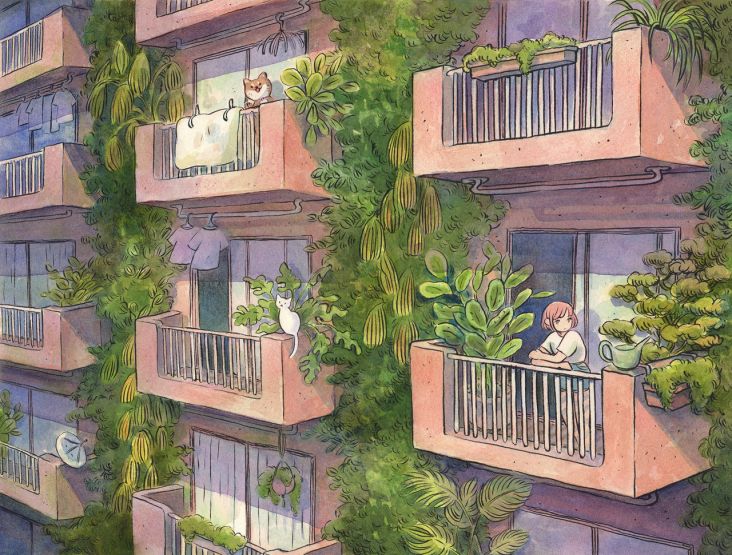
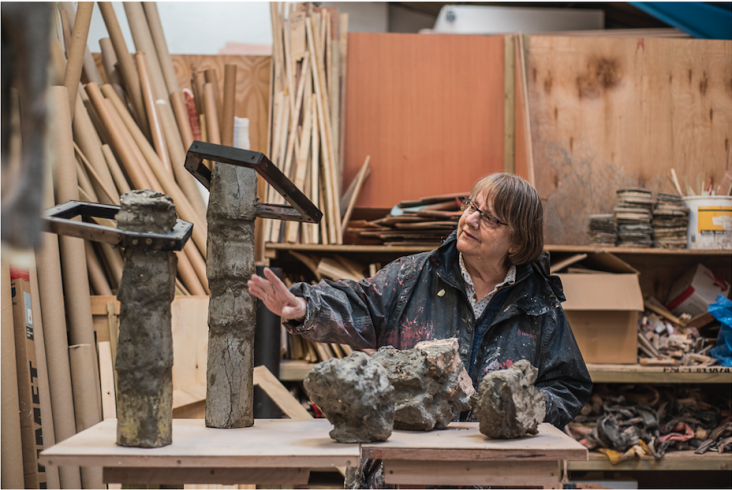
](https://www.creativeboom.com/upload/articles/4a/4ab82df8e705492baa2547376ef628c7d7c12e12_732.jpeg)

